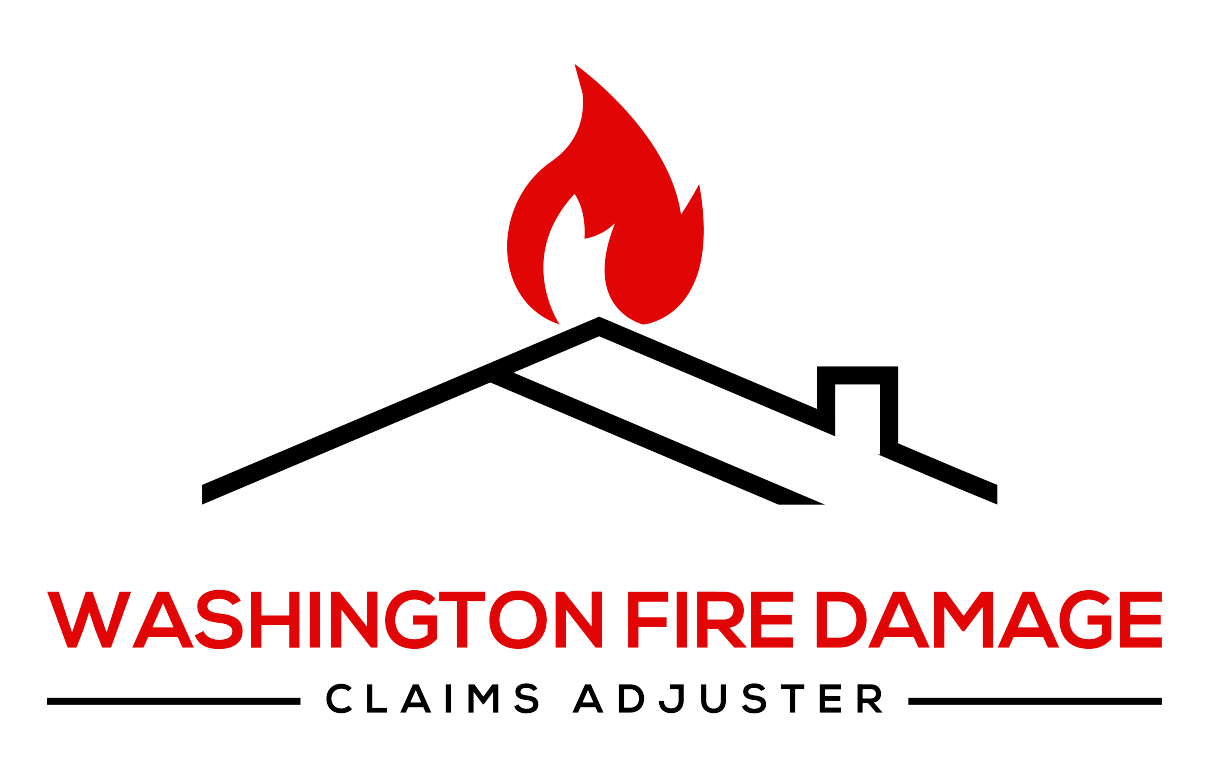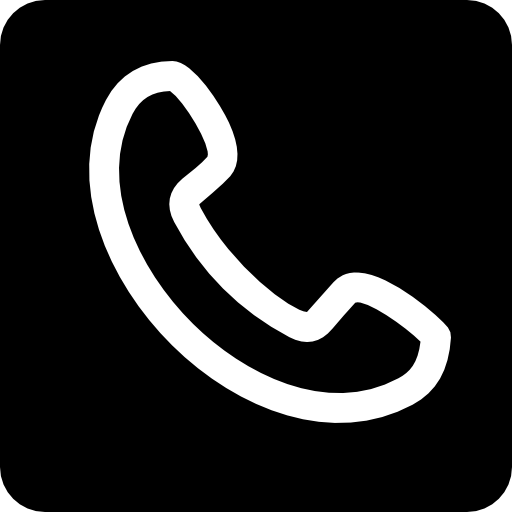Fire Damage Insurance Claims Public Adjuster In Washington
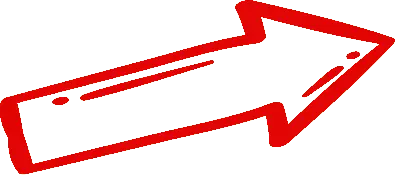

We Will Help You Get The Most Out Of Your Fire Damage Insurance Claims




Fire Damage Insurance Claims Public Adjuster In Washington
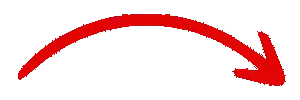

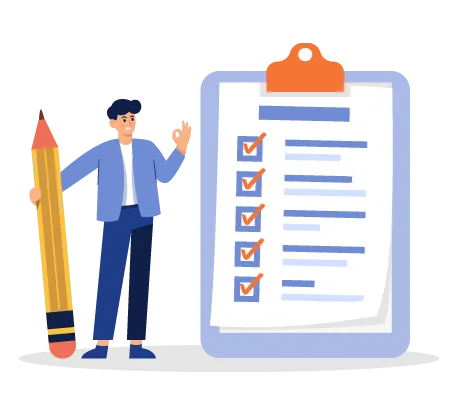
Fill Out Form
Fill out our quick form, and we’ll get started on evaluating your fire damage claim! No obligations.



We Maximize Your Claim
We’ll review your damage, negotiate with your insurance, and maximize your insurance claim.


Receive Your Settlement
Get your money quickly—so you can start rebuilding your life!
A fire ravaging your property marks the beginning of a complex journey toward recovery and restoration. The difference between fair compensation and financial struggle often hinges on one crucial professional: your fire damage insurance claims adjuster.
Insurance claims after a fire extend far beyond simple paperwork and procedures. These specialized adjusters serve as the gatekeepers to your settlement, wielding significant influence over the compensation you’ll receive for your losses.
The environment of fire damage claims adjustment splits into two distinct paths. Insurance company adjusters represent their employers’ interests, while public adjusters advocate exclusively for property owners like you. This fundamental difference shapes every aspect of your claim’s outcome.
Your path to recovery starts with understanding how to document losses properly, secure your property, and handle temporary living arrangements. Professional adjusters employ sophisticated methods to detect hidden damage, classify destruction levels, and establish accurate value assessments that support your claim.
Mastering the claims process requires strategic knowledge of policy coverage, negotiation techniques, and settlement optimization. Whether facing immediate fire damage or preparing for future possibilities, gain essential insights to maximize your insurance claim and secure the compensation you deserve.
The Two Paths Of Claims Adjustment
When dealing with fire damage to your property, choosing the right claims adjuster can make a significant difference in your recovery process. Understanding your options will help you make an informed decision that best serves your interests.
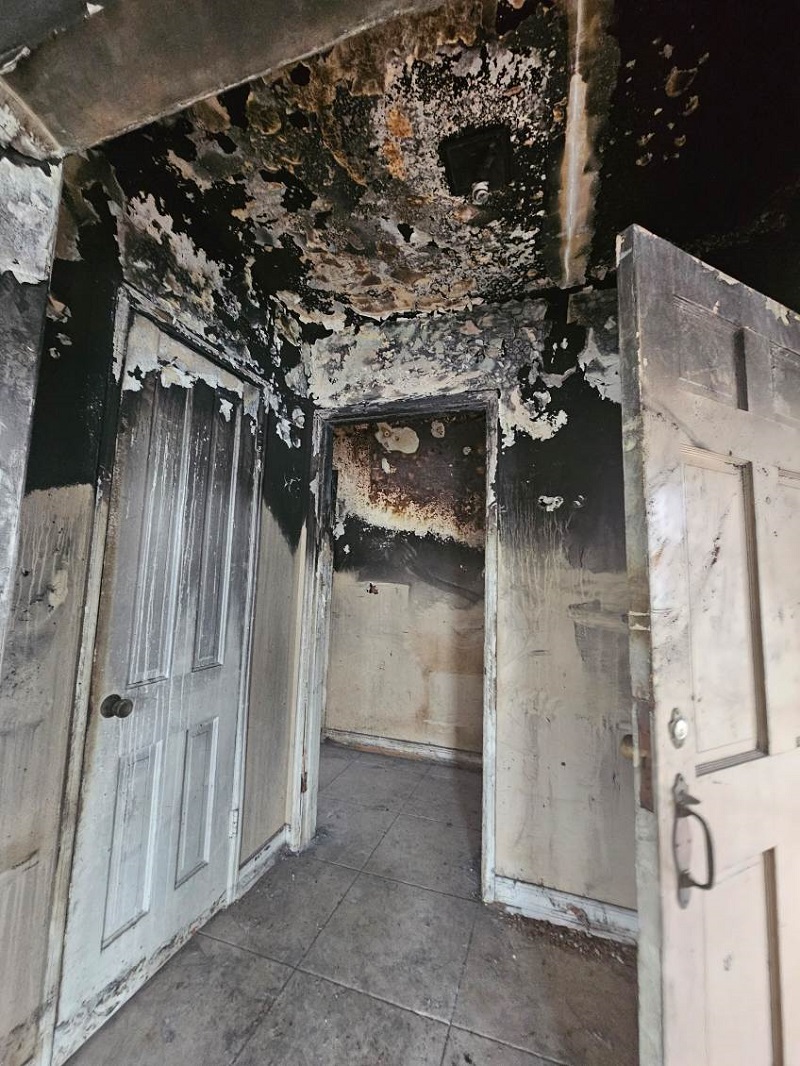
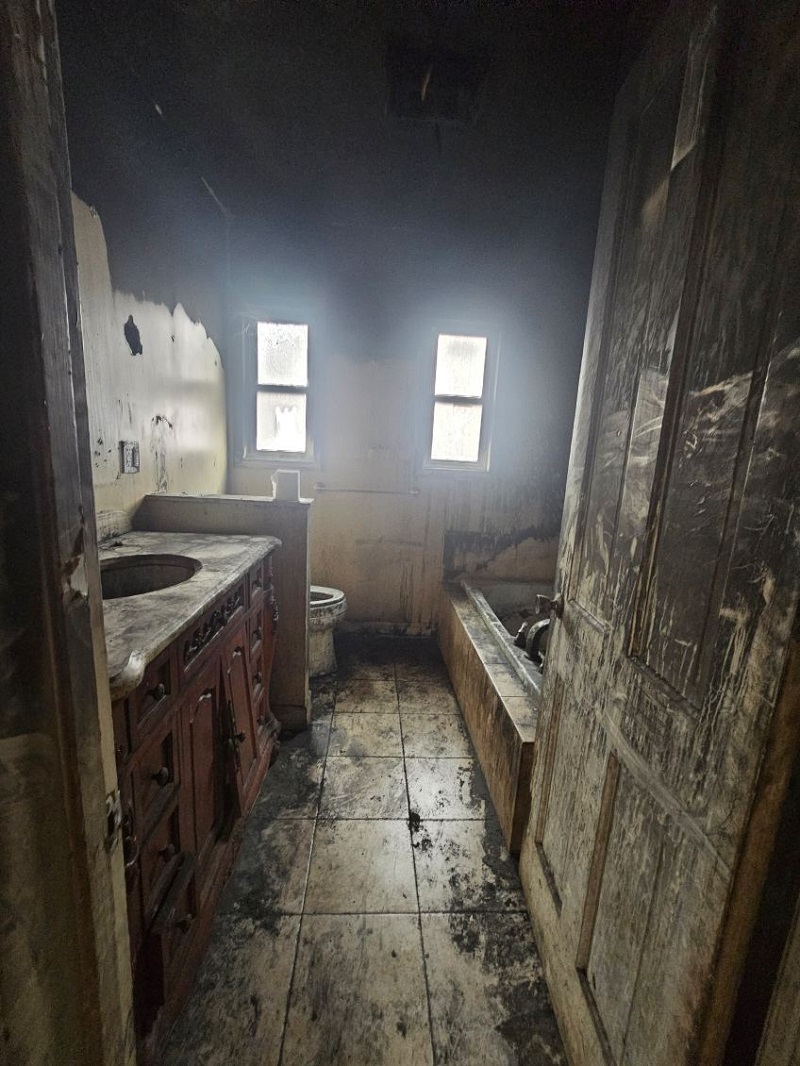
Insurance Company Adjusters
Insurance company adjusters work directly for your insurance provider, either as staff members or independent contractors. These professionals bring valuable expertise to the assessment process, offering:
• Thorough property inspections
• Detailed damage documentation
• Settlement proposals based on policy coverage
• Direct access to insurance company resources
While these adjusters are skilled professionals, they ultimately represent their employer’s interests during the claims process.
Fire Damage Claim Assistance in Washington

Maximize Your Payout
We fight for your maximum settlement, ensuring you get every dollar you deserve!

Hassle-Free Claims Process
We handle everything—from documentation to negotiations—so you don’t have to.

No Upfront Fees
You don’t pay a dime until you get paid. We work on a contingency basis.

Faster Settlements
Get your fire damage claim processed quickly and efficiently.

Expert Representation
Our experienced adjusters know Washington insurance laws inside and out.

Peace of Mind
Rest easy knowing that your claim is in expert hands, with full transparency throughout the process.
Get Fire Damage Insurance Claims Help in Washington
If want to get the most out of your fire damage insurance claim in Washington, simply fill out the form below, and one of our experienced adjusters will reach out to you. No obligation!
We Will Help You Get The Most Out Of Your Fire Damage Insurance Claims
Public Insurance Adjusters
Public adjusters serve as dedicated advocates for policyholders, working exclusively to protect your interests. These licensed professionals offer several advantages:
• Independent evaluation of your losses
• Expert policy interpretation
• Direct negotiation with insurance companies
• Specialized knowledge of fire damage claims
Their expertise proves particularly valuable in complex cases involving extensive property damage or challenging policy interpretations.
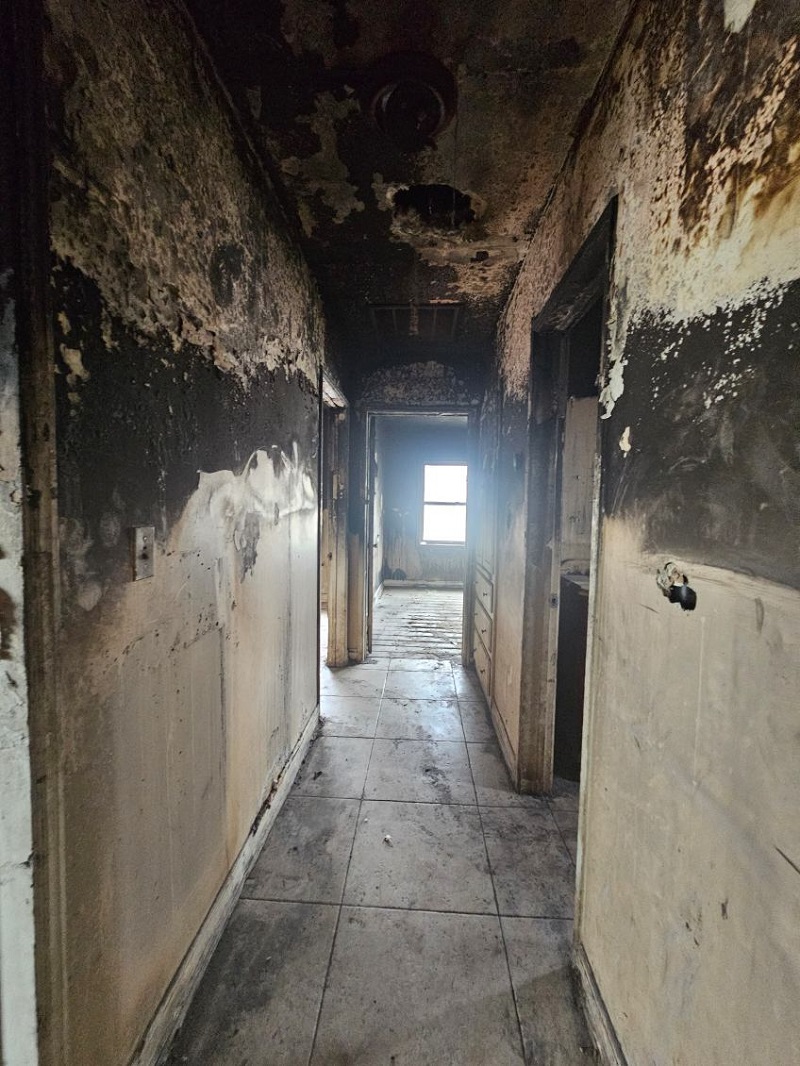
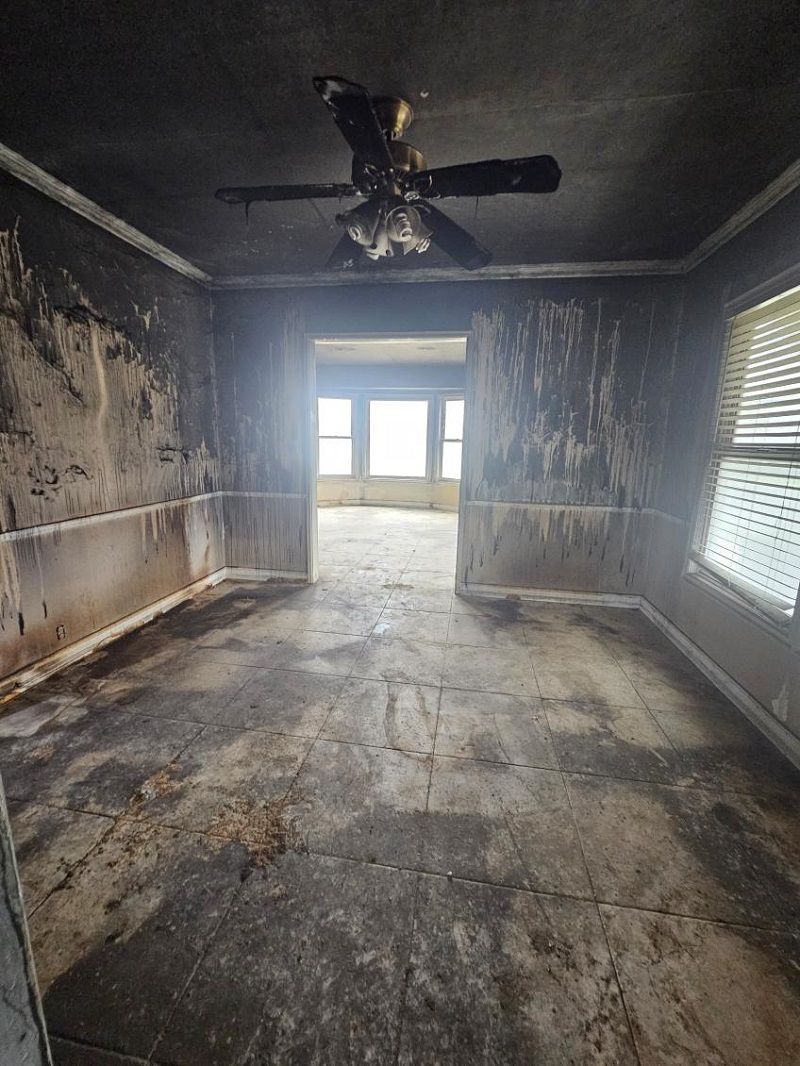
Key Differences In Representation
The fundamental distinction between these paths focuses on representation and priorities. Insurance company adjusters must balance fair settlements with their employer’s financial interests. Public adjusters focus exclusively on maximizing your claim’s value within policy limits.
Consider these key factors:
• Advocacy focus
• Settlement approach
• Documentation methods
• Negotiation strategies
Cost Structures And Fee Considerations
Each path comes with distinct financial outcomes. Insurance company adjusters’ services are included in your policy coverage, requiring no additional out-of-pocket expense. Public adjusters typically charge a percentage of your final settlement:
• Fee range: 5% to 15% of the settlement
• Payment structure: Contingency basis
• Potential return: Often higher settlement amounts
• Investment consideration: May offset fee through increased claim value
Both types of adjusters must maintain proper state licensing and follow strict insurance regulations. Your choice should reflect careful consideration of your specific circumstances, including damage extent, claim complexity, and your comfort level with the claims process.
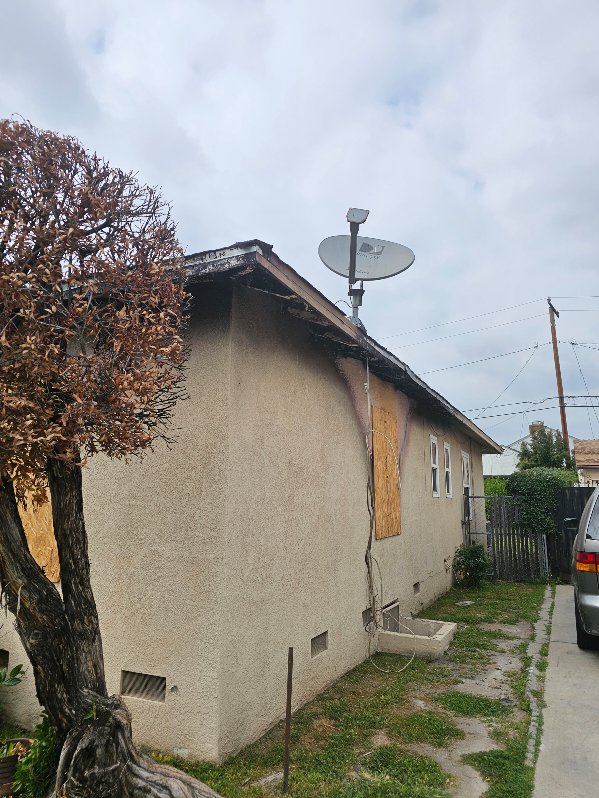
Critical First Steps After Fire Damage
The moments following a fire incident are crucial for both your safety and the success of your insurance claim. A well-organized response can protect your interests and ensure proper compensation for your losses.
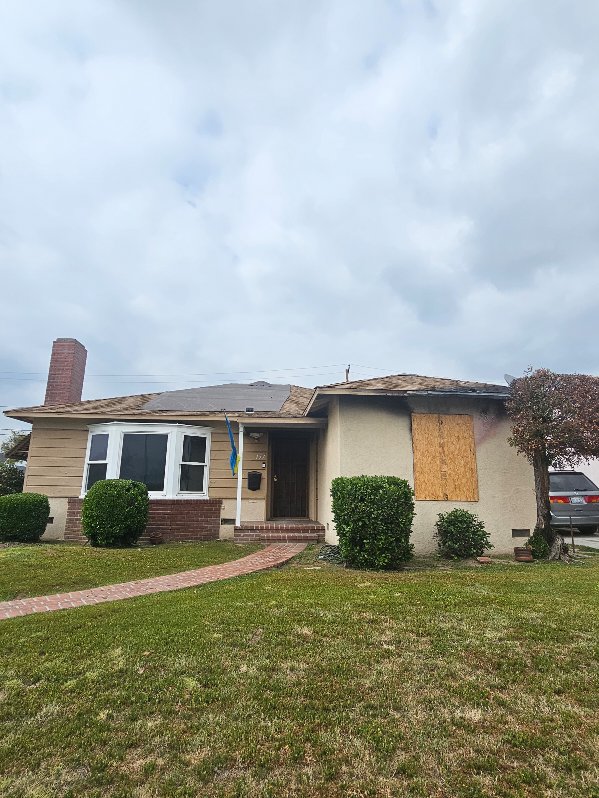
Safety and Property Security Measures
Your personal safety takes absolute priority after a fire. Wait for emergency services to declare the property safe before attempting to enter. Once cleared, take immediate steps to prevent additional damage:
- Board up broken windows and doors
- Cover roof damage with waterproof tarps
- Secure all entry points against trespassing
- Document all temporary repairs with photos
While insurance typically covers these protective measures, always contact your provider before proceeding with any work.
Essential Documentation Requirements
Proper documentation strengthens your insurance claim and protects your interests. Follow these essential steps:
• Take extensive photos and videos of all damage
• Create a detailed inventory of damaged items
• Preserve damaged items for adjuster inspection
• Request an official fire report from your local fire department
• Save all receipts related to immediate expenses
Quality documentation serves as crucial evidence for your claim and helps ensure fair compensation.
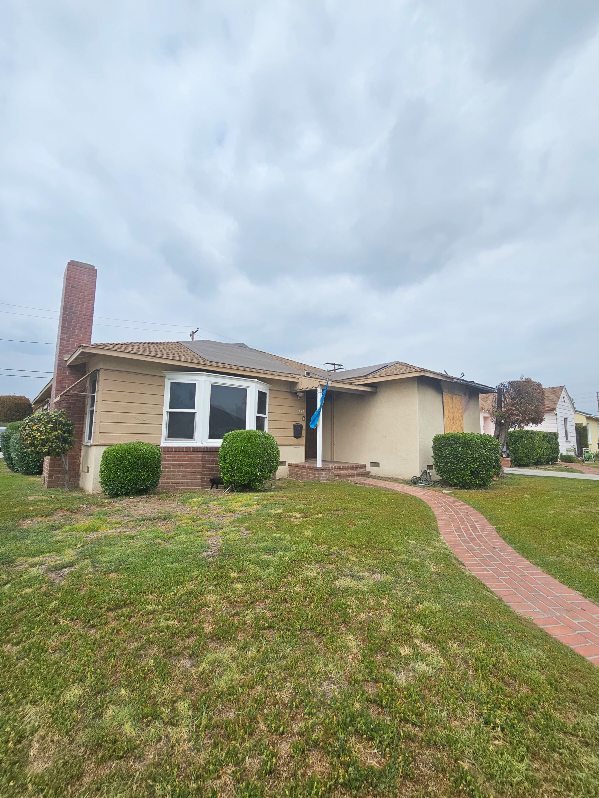
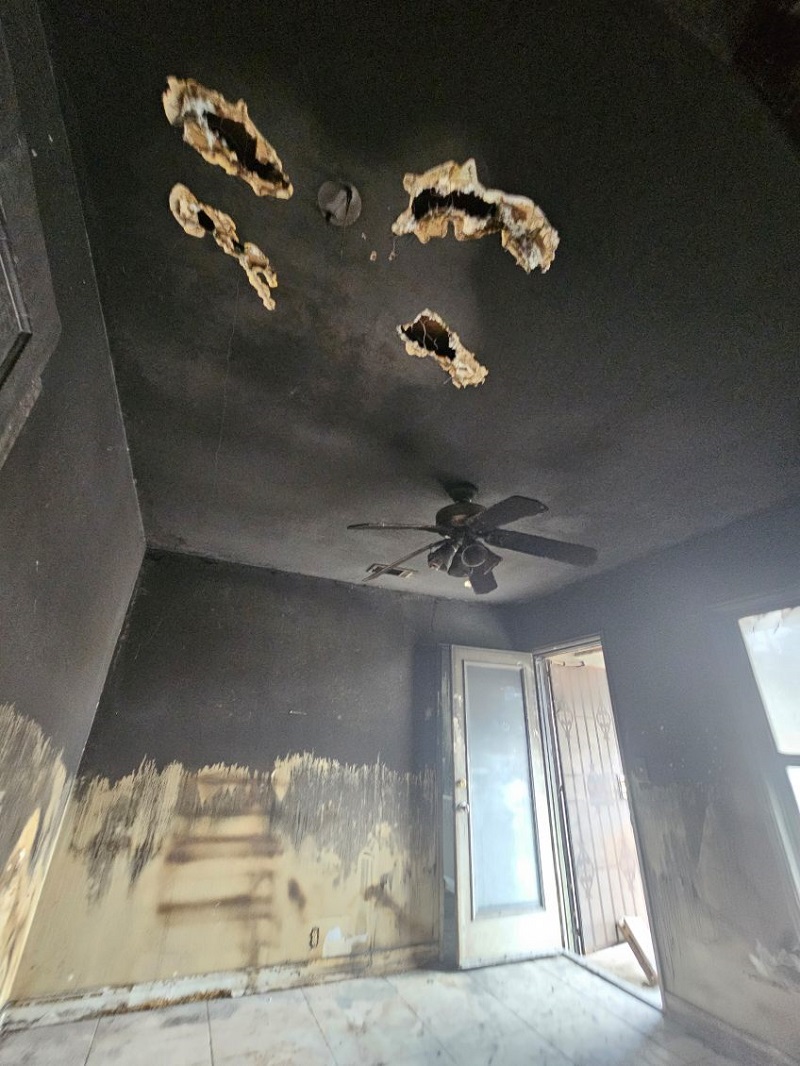
Initial Insurance Company Contact
Reach out to your insurance provider as soon as safety permits. A prompt notification launches your claim process and provides valuable guidance for immediate actions. During your first call:
- Write down your claim number
- Record your representative’s name and contact information
- Document all instructions received
- Ask about covered emergency services
- Notify your mortgage holder about the incident
Clear communication with your insurer establishes a strong foundation for your claim process.
Temporary Living Arrangements
When fire renders your home uninhabitable, Additional Living Expenses (ALE) coverage helps maintain your standard of living. Track all displacement-related expenses:
- Temporary housing costs (hotels or rental properties)
- Daily meal expenses
- Essential clothing and personal items
- Additional transportation costs
- Laundry services
- Pet boarding, if necessary
Keep detailed records and receipts for all expenses. Choose accommodations similar to your normal living standards while remaining cost-conscious. Your insurance provider can clarify specific coverage limits and eligible expenses.
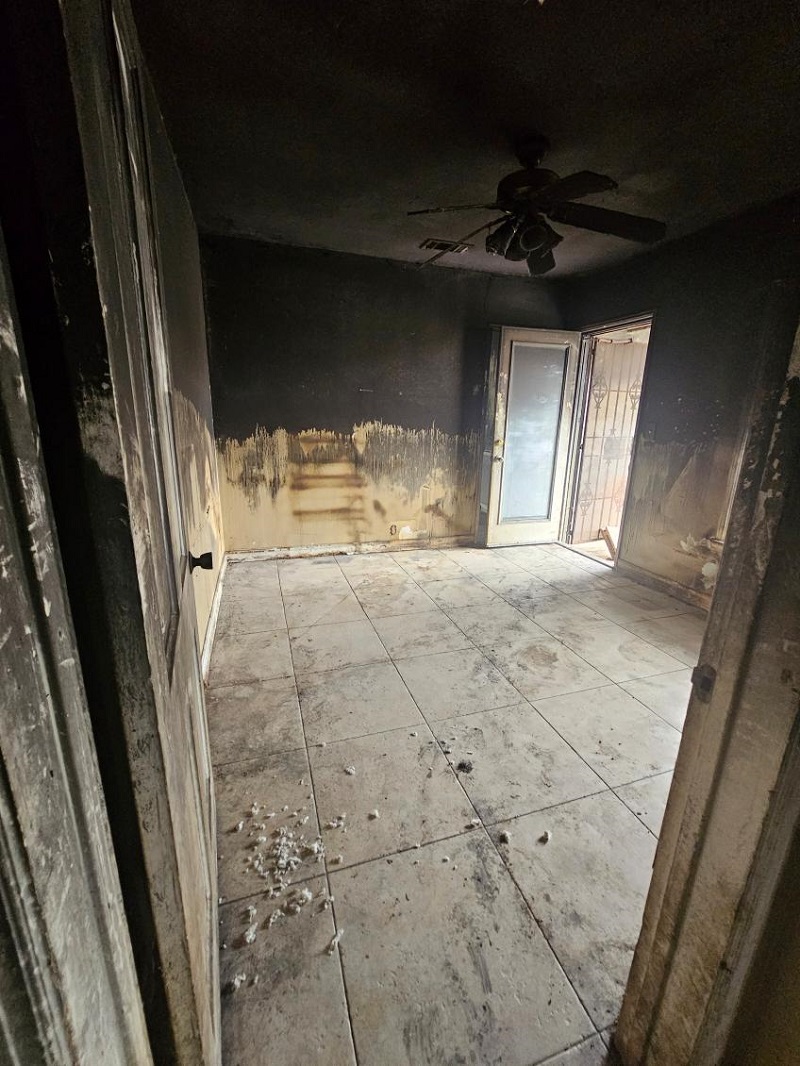
Professional Assessment Process
Understanding how insurance adjusters evaluate fire damage claims helps you progress through the assessment process with confidence. This methodical approach combines technical expertise with detailed documentation to determine the full extent of your loss and ensure fair compensation.
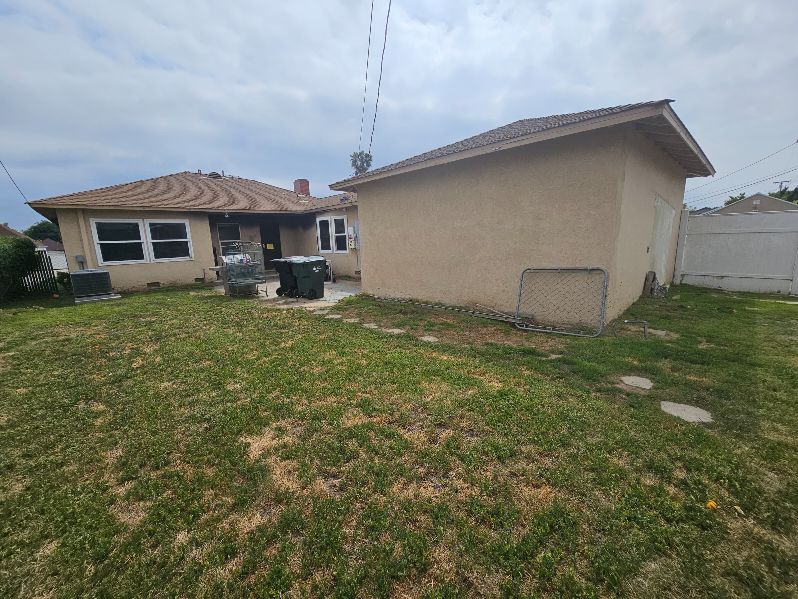
Property Inspection Methods
Insurance adjusters conduct detailed property evaluations using advanced documentation techniques:
- Detailed photographs and video documentation of all visible damage
- Thorough examination of fire, smoke, and water damage from firefighting efforts
- Assessment of structural elements (walls, roofing, foundation)
- Evaluation of essential building systems
- Creation of detailed inspection notes for assessment reports
Damage Classification Systems
Professional adjusters utilize standardized systems to document and categorize fire-related damage:
- Structural damage assessment
- Smoke contamination evaluation
- Water damage analysis from firefighting efforts
- Documentation through specialized software (Xactimate or CoreLogic)
- Generation of detailed loss reports with current local labor and material costs
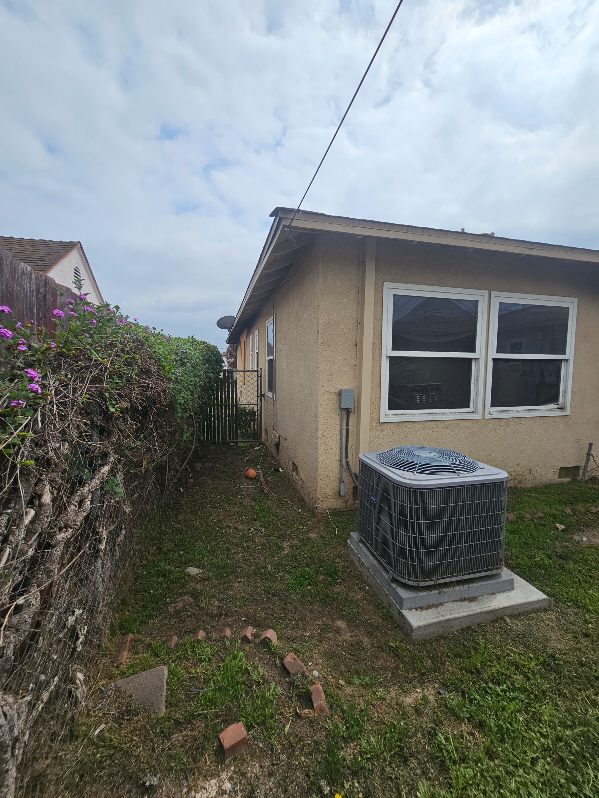
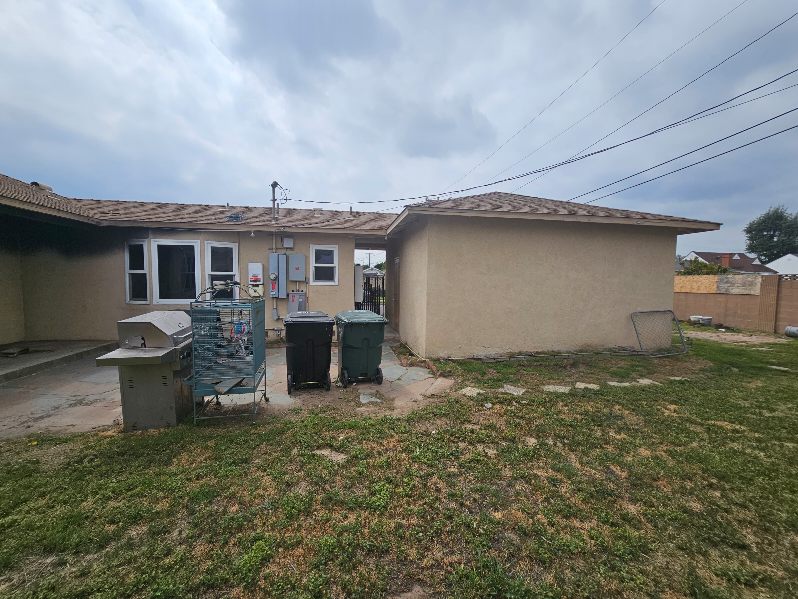
Value Assessment Techniques
Your policy’s valuation method plays a crucial role in claim settlement. Adjusters carefully consider:
- Actual Cash Value (ACV) versus Replacement Cost Value (RCV)
- Specific policy terms and conditions
- Applicable ordinance or law coverage requirements
- Current building code compliance needs
- Local market conditions for materials and labor
Hidden Damage Detection
Professional adjusters excel at identifying damage beyond surface-level observations. Their detailed approach includes:
- Collaboration with specialized experts (structural engineers, electricians)
- Assessment of concealed structural weakening
- Evaluation of smoke damage within wall cavities
- Inspection of electrical and mechanical systems
- Documentation of long-term damage potential
Each step of this thorough evaluation process helps ensure your claim accurately reflects both visible and hidden damages, providing you with fair compensation for your loss.
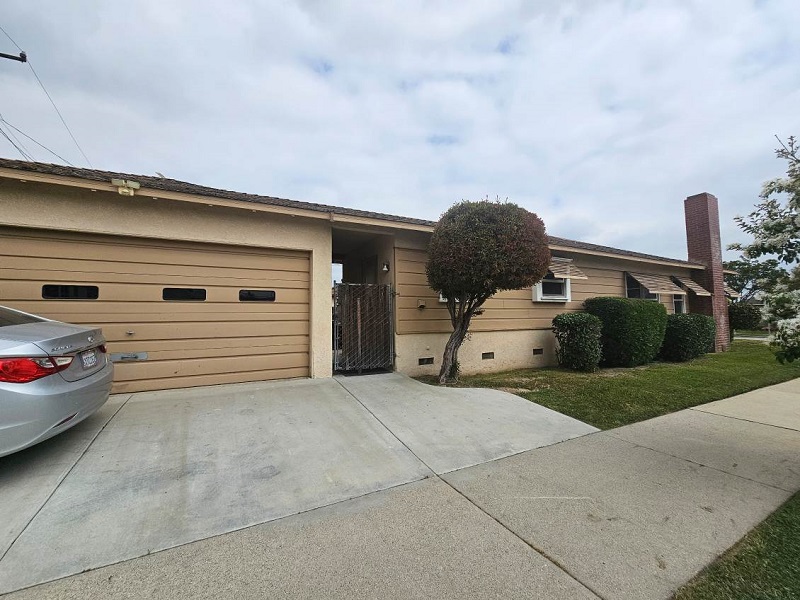
Building Your Claim Package
A well-organized claim package serves as your foundation for securing fair compensation after fire damage. This essential documentation presents your case to the insurance company, thoroughly detailing your losses and supporting your compensation request. Let’s break down the key components of a successful claim package.
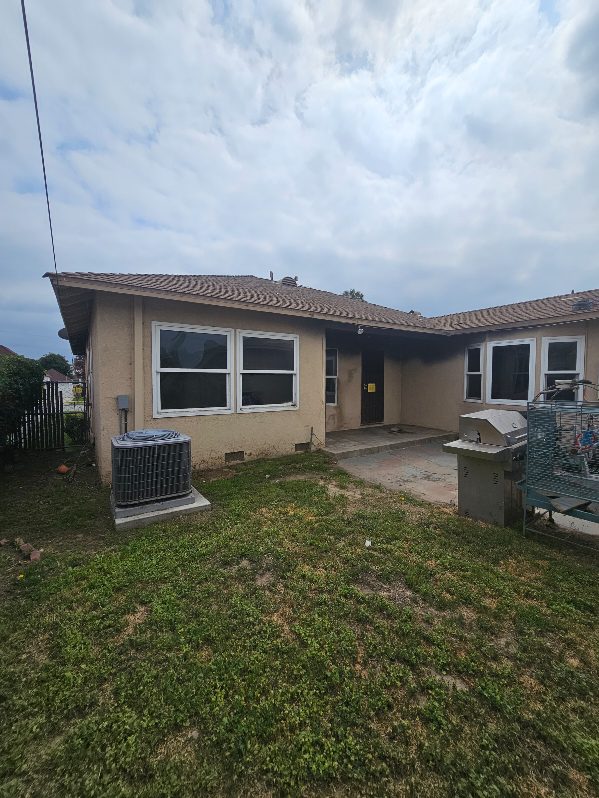
Property Inventory Creation
- Conduct a systematic room-by-room assessment
- List all damaged or destroyed items with specific details:
- Item descriptions and quantities
- Age of each item
- Original purchase costs
- Current replacement values
Pre-loss documentation, such as photographs or videos of your property before the fire, strengthens your inventory claims. While the process may seem complex, maintaining precise records ensures maximum compensation for your losses.
Cost Documentation Methods
Thorough cost documentation forms the cornerstone of a strong claim package. Essential elements include:
- Original purchase receipts and invoices
- Credit card statements
- Professional appraisals
- Written estimates from licensed contractors for structural repairs
- Additional Living Expenses (ALE) records:
- Temporary housing costs
- Increased daily expenses
- Transportation adjustments
- Other fire-related living expenses
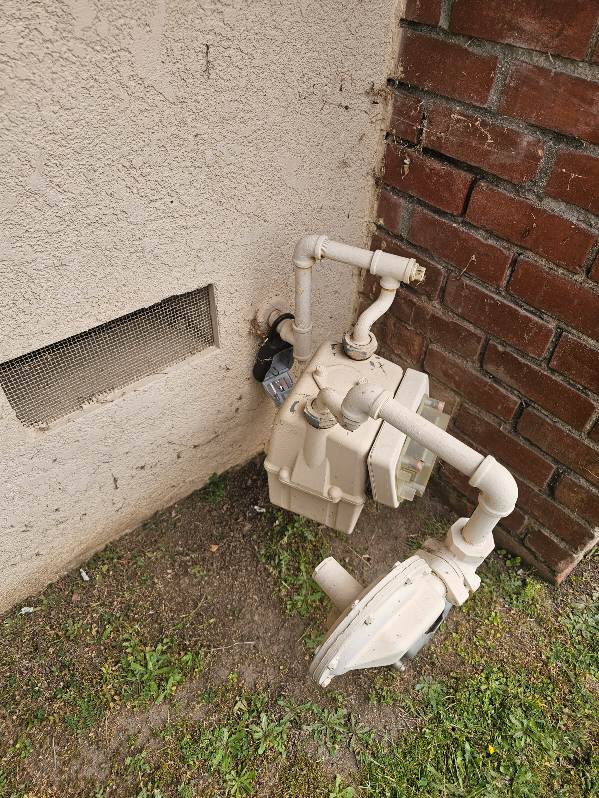
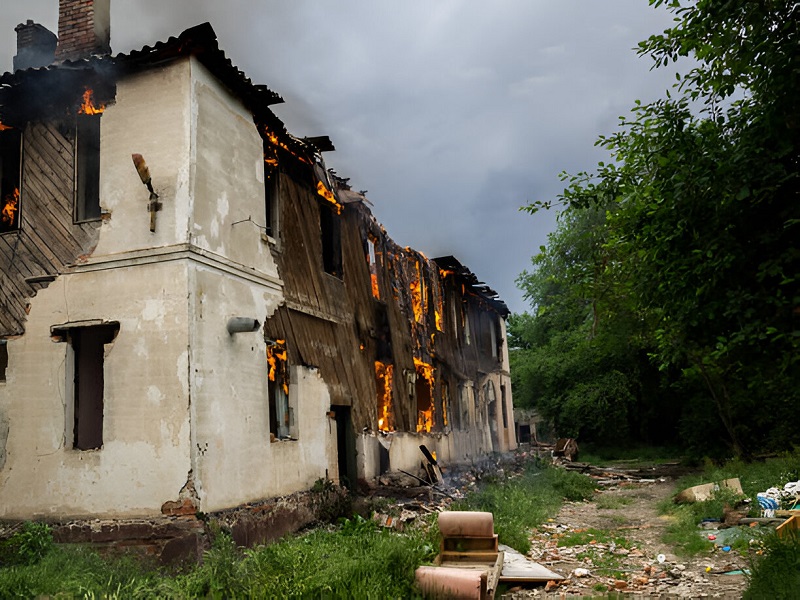
Supporting Evidence Collection
Build a compelling case with robust supporting evidence:
- High-quality photographs and videos showing:
- Professional assessments:
- Structural engineer reports
- Specialized contractor evaluations
- Environmental impact studies
- Emergency repair documentation:
- Temporary protection measures
- Prevention of further damage
- Initial response costs
Timeline Management
Effective timeline management ensures your claim stays on track. Create a detailed documentation system:
- Communication log:
- Date and time of each interaction
- Insurance representative names
- Discussion summaries
- Follow-up actions
- Critical deadlines:
- Policy-specific submission requirements
- Proof of Loss statement timing
- Documentation package completion dates
Consider partnering with a public insurance adjuster to handle deadlines efficiently while maintaining detailed claim documentation. Their expertise helps maximize your claim’s potential for success through proper organization and timely submission.
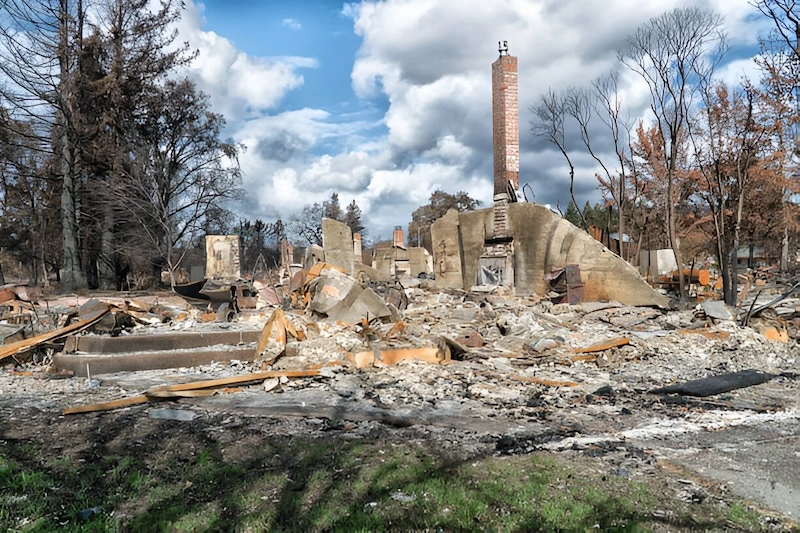
Strategic Claim Negotiation
Fire damage claims don’t have to be overwhelming. With the right approach to negotiations, you can secure a fair settlement that truly reflects your losses. Here’s your roadmap to navigating this crucial phase with confidence and clarity.
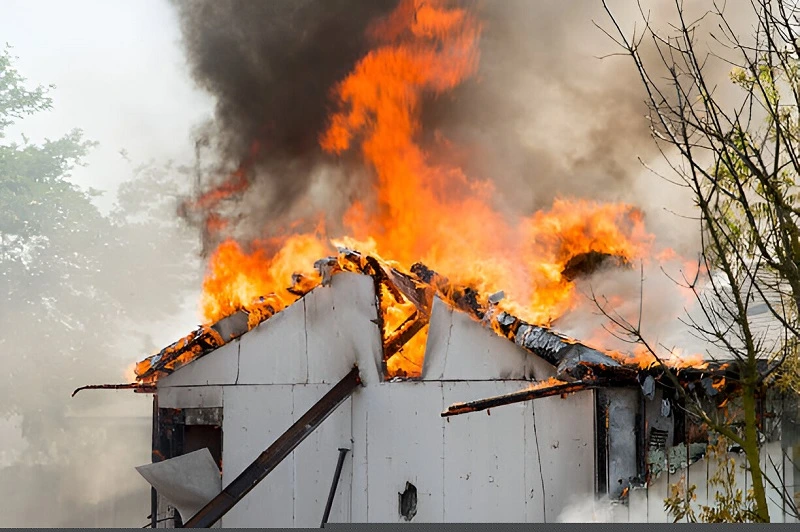
Policy Coverage Analysis
Start by getting crystal clear on what your policy actually covers. Pull out your insurance documents and create a checklist of your coverage limits, deductibles, and any special endorsements.
Insurance adjusters must negotiate in good faith – that’s not just good practice, it’s the law in most states. Having this knowledge puts you in a stronger position to advocate for what you deserve.
Settlement Calculation Methods
Let’s demystify how adjusters determine your settlement offer:
- Industry-standard software calculates repair costs
- Current material prices in your area
- Local labor rates for qualified contractors
- Detailed inventory of damaged personal property
- Building code requirements that affect repairs
Pro tip: Local building codes can significantly impact your settlement – a $10,000 basic repair might actually require $15,000 or more to meet current standards. Understanding these calculations helps you spot when an offer falls short of real-world costs.
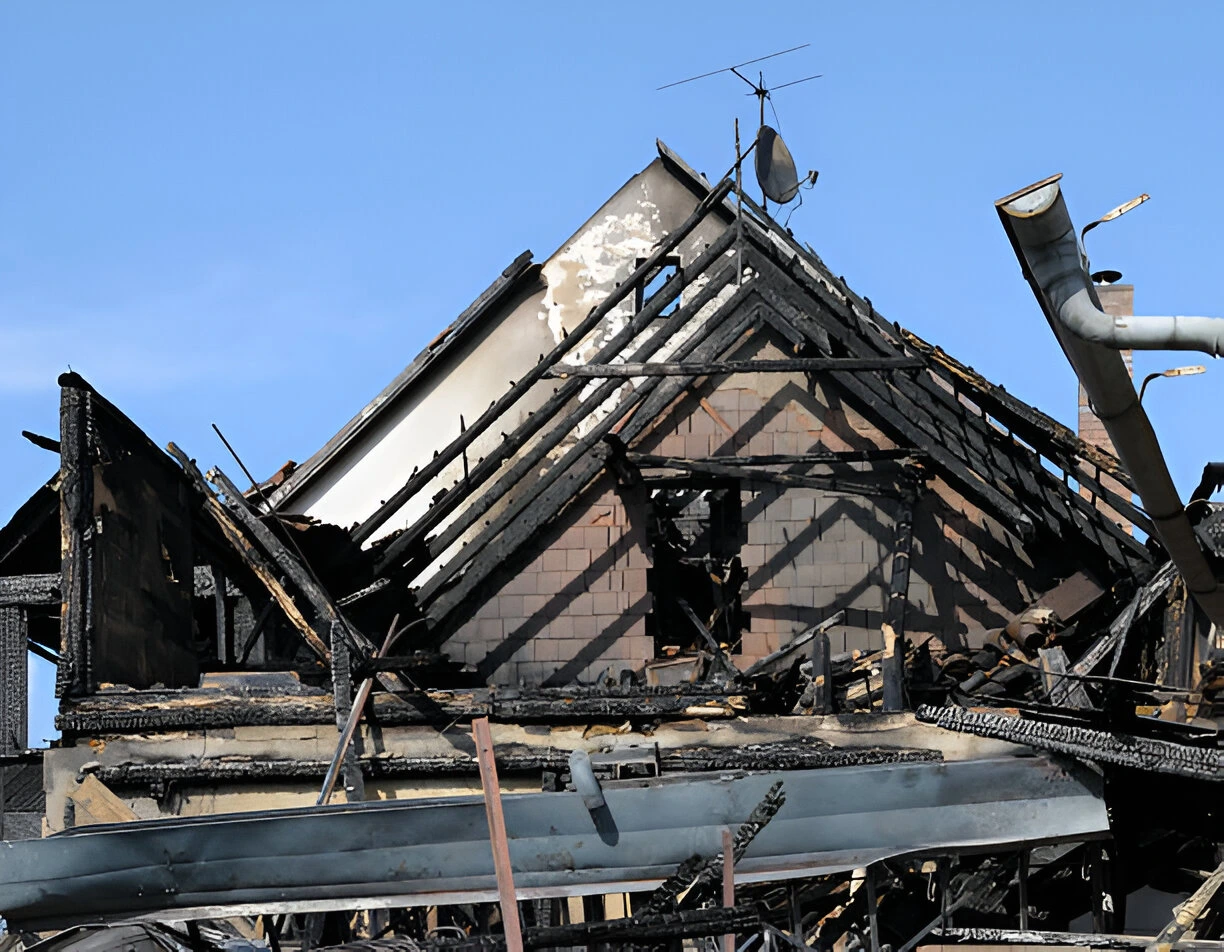
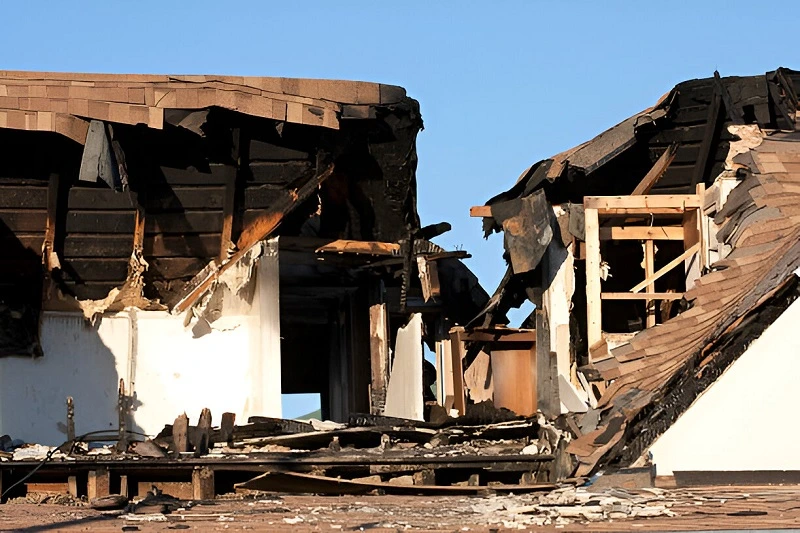
Dispute Resolution Options
When you and the adjuster don’t see eye-to-eye on damage values, you’ve got several paths forward:
- Appraisal process (typically faster than litigation)
- Professional mediation
- Formal arbitration
- Legal proceedings as a last resort
Each option has its own timeline and cost implications. Your policy spells out the specific procedures available to you – knowledge that proves invaluable if initial talks hit a roadblock.
Additional Claims Opportunities
Think beyond just the obvious fire damage. Smart claimants explore these often-overlooked coverage areas:
- Additional Living Expenses (ALE) while you’re displaced
- Mandatory building code upgrades during repairs
- Smoke damage to areas not directly burned
- Business interruption coverage if you work from home
- Landscaping damage from firefighting efforts
Remember: You can often choose between a lump-sum payment or staged payments throughout repairs. Consider your financial situation carefully when making this choice – each option has distinct advantages depending on your circumstances.
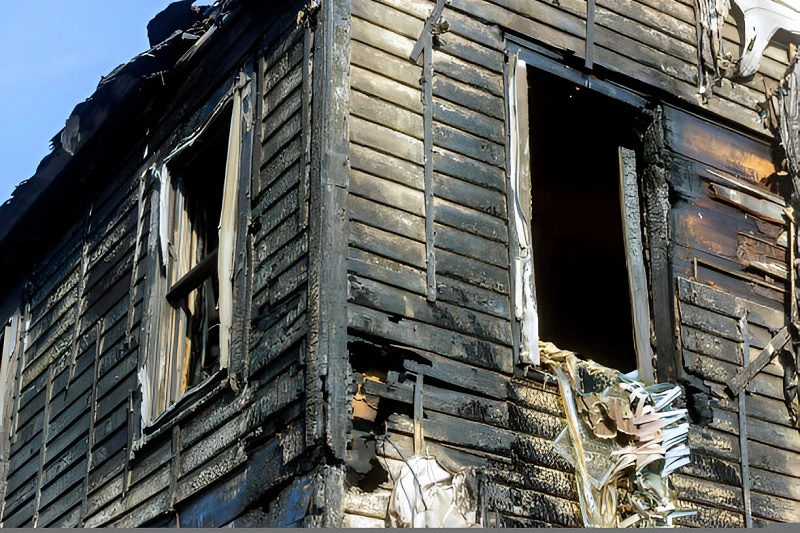
Maximizing Claim Success
Securing the best possible outcome for your fire damage claim requires a strategic approach and careful attention to detail. Insurance adjusters play a key role in evaluating your claim, but understanding how to maximize your settlement can make a significant difference in your recovery process.
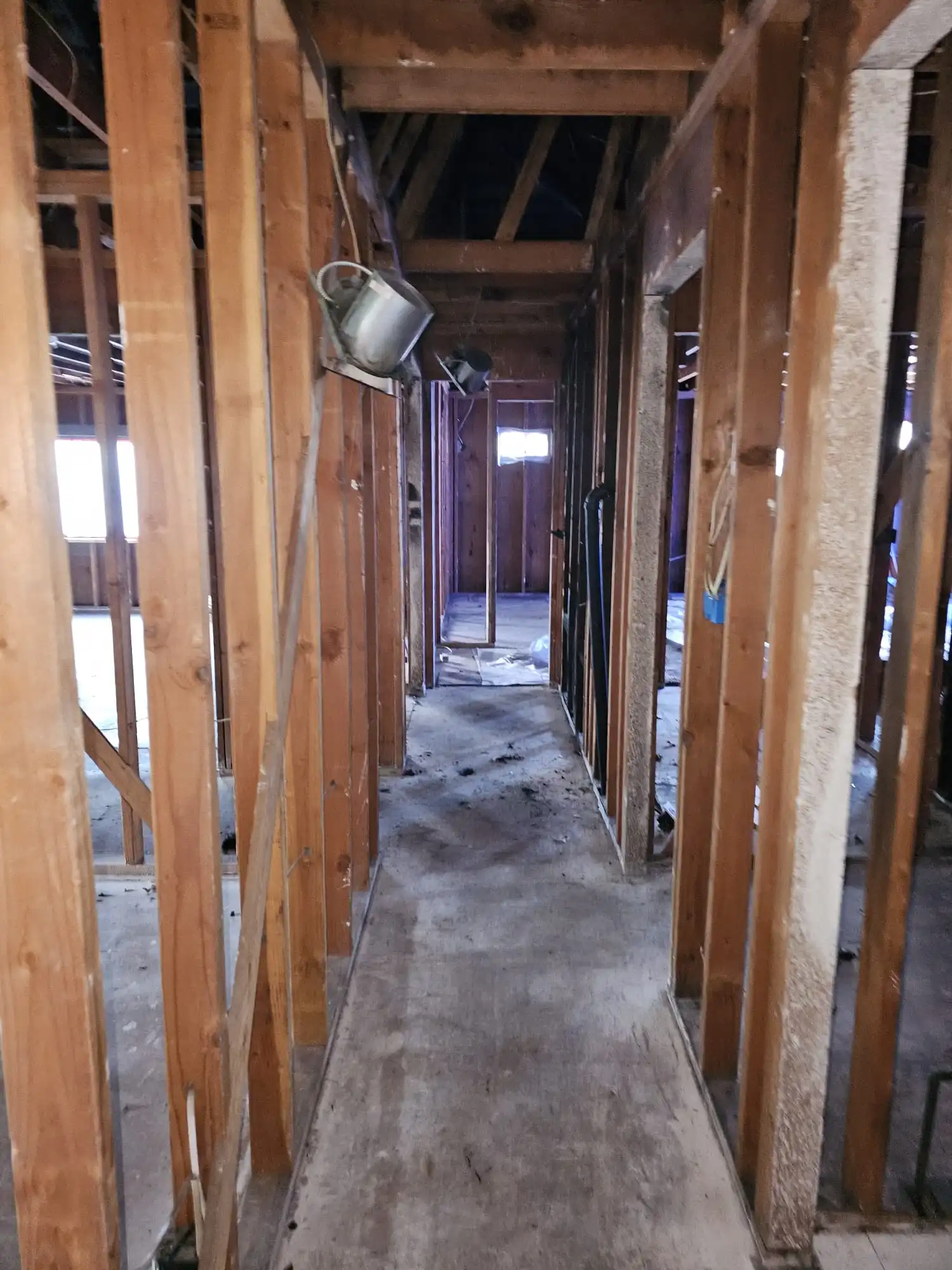
Professional Estimate Comparisons
- Partner with licensed contractors who specialize in fire damage restoration for independent repair estimates
- Obtain multiple detailed assessments to validate the insurance adjuster’s evaluation
- Request in-depth documentation of hidden damages that may not be immediately apparent
- Use professional estimates as a strategic tool when negotiating discrepancies with insurance figures
Coverage Optimization Strategies
Create a detailed inventory of damaged property, including:
- Item descriptions and age
- Original purchase prices
- Current replacement costs
- Photos and video documentation
Understand your policy’s coverage types:
- Actual Cash Value (ACV): Depreciated value of items
- Replacement Cost Value (RCV): Full cost to replace items
Save all receipts for:
- Emergency repairs
- Temporary housing
- Additional living expenses
- Restoration services
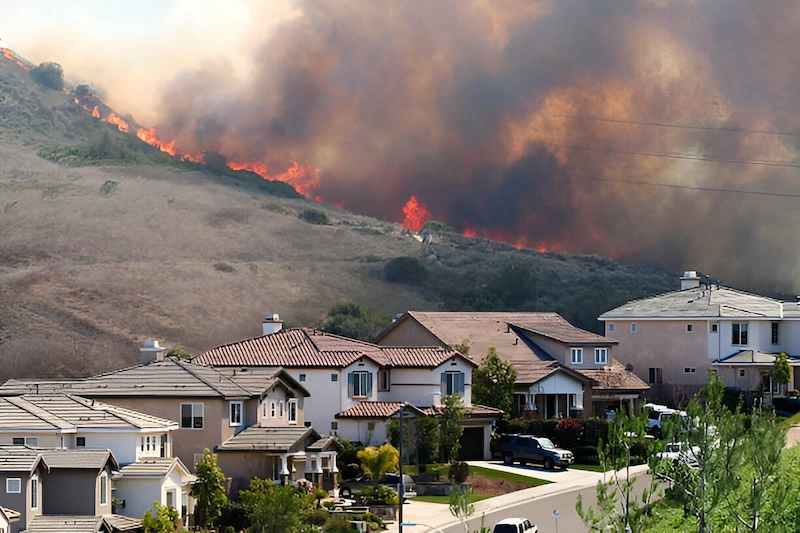
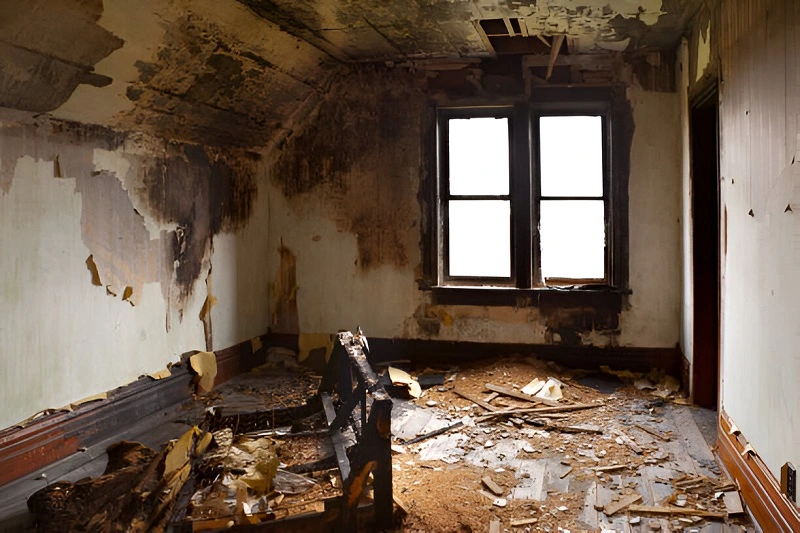
Settlement Review Techniques
- Compare the adjuster’s scope of loss against your documented inventory
- Review each line item for accuracy in:
- Damage assessment
- Material costs
- Labor estimates
- Replacement valuations
- Consider hiring a licensed public adjuster for:
- Complex claim evaluation
- Expert negotiation support
- Detailed damage assessment
- Maximum settlement potential
Appeal Process Navigation
- Document all reasons for disagreement with the settlement offer
- Gather supporting evidence:
- Independent contractor estimates
- Expert opinions
- Photo and video documentation
- Material cost comparisons
- Maintain a communication log with:
- Date and time of conversations
- Names of representatives
- Summary of discussions
- Follow-up actions required
Never sign a final release until you’re fully satisfied with the settlement amount. Your diligence throughout the claims process directly impacts your recovery outcome. Keep detailed records of all insurance company interactions and consider legal consultation for significant disputes or suspected bad faith practices.
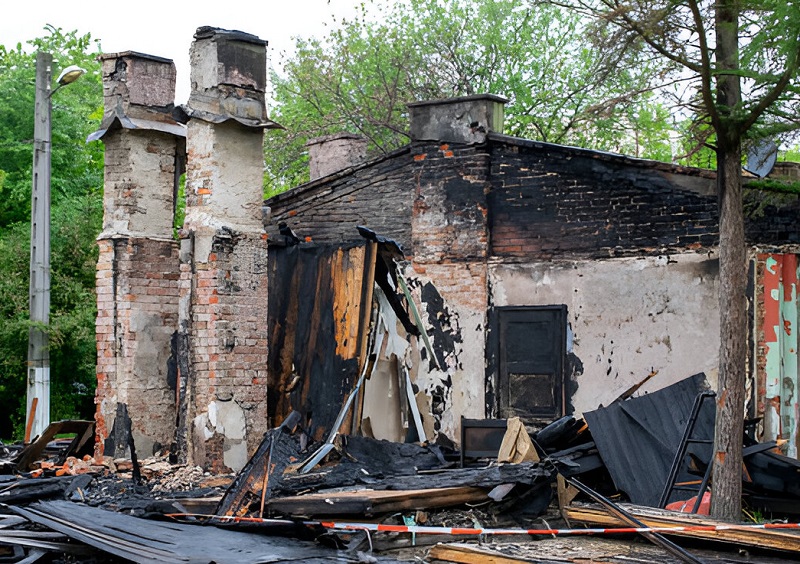
Frequently Asked Questions
The fire damage claims process varies based on several key factors. Most claims take between several weeks to over a year to resolve. Simple claims with minimal damage may process quickly, while complex cases involving structural damage require more time. Key timing factors include:
- Severity and extent of the damage
- Insurance company response time
- Completeness of your documentation
- Need for multiple assessments
- State-specific regulatory timeframes
You have multiple options to address an undervalued claim:
- Request a formal re-evaluation with supporting documentation
- Provide independent contractor estimates
- Invoke your policy’s appraisal clause
- Hire a public adjuster to advocate for you
- Consider mediation or legal counsel
The appraisal process allows both parties to select appraisers and a neutral umpire to determine fair value. This often resolves disputes without lengthy legal proceedings.
No, hiring multiple adjusters for the same claim creates conflicts and confusion. While your insurance company will use their own staff or independent adjusters, you should work with only one public adjuster to represent your interests. This ensures clear communication and prevents contractual complications.
Essential documentation for your claim includes:
- Detailed photos and videos of all damage
- Complete inventory of damaged property with values
- Receipts for temporary repairs
- Additional living expense records
- Contractor estimates and proposals
- Insurance policy documents
- Communication log with dates and names
- Copies of all emails and correspondence
Adjusters evaluate smoke and water damage as crucial components of fire claims. Their assessment includes:
- Detailed inspection of smoke and soot penetration
- Evaluation of water damage from firefighting efforts
- Assessment of hidden damage in walls and HVAC systems
- Determination of appropriate cleaning methods
- Documentation of necessary drying processes
Standard fire insurance policies typically cover resulting smoke and water damage, though specific coverage limits apply. Professional adjusters use specialized equipment to detect hidden damage and recommend proper remediation techniques.
Fire Damage Insurance Claims Help In Washington
When facing the aftermath of a fire, a qualified insurance claims adjuster becomes your essential guide through the complex recovery process. These professionals bring invaluable expertise in:
- Detailed loss assessment
- Policy interpretation
- Strategic claims navigation
- Settlement negotiation
The decision between an insurance company adjuster and a public adjuster represents a critical choice for your claim’s success. While both are qualified professionals, they serve different interests:
Insurance Company Adjuster:
- Works for the insurance company
- Protects the insurer’s interests
- Provided at no additional cost
Public Adjuster:
- Works exclusively for you
- Advocates for maximum policyholder benefits
- Charges a percentage of the settlement
Achieving success in fire damage claims depends on three fundamental actions:
- Contact your insurer immediately after the incident
- Document all damages thoroughly with photos and detailed notes
- Review and understand your policy coverage completely
Working with an experienced adjuster who specializes in fire claims helps ensure proper handling of these critical steps. Their expertise often leads to more complete damage assessments and fair compensation for your losses.
The path to successful claim resolution combines strategic advocacy with detailed documentation. By selecting appropriate representation and maintaining thorough records, you position yourself for the most favorable settlement possible.
Remember, the right adjuster serves not just as a claims processor, but as your dedicated advocate throughout the recovery process.
Get Fire Damage Insurance Claims Help in Washington
If want to get the most out of your fire damage insurance claim in Washington, simply fill out the form below, and one of our experienced adjusters will reach out to you. No obligation!
